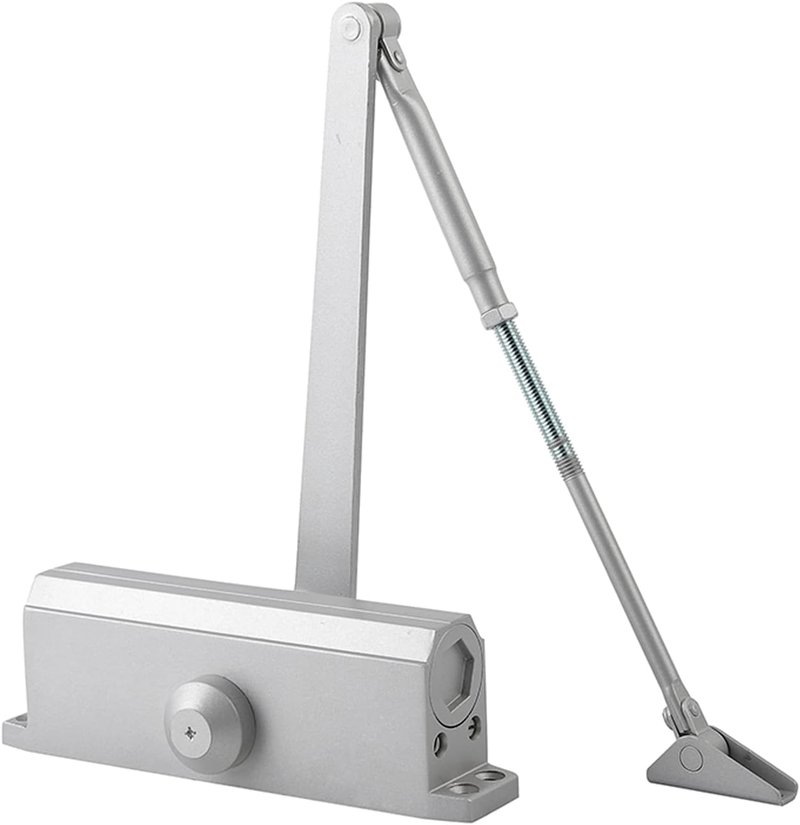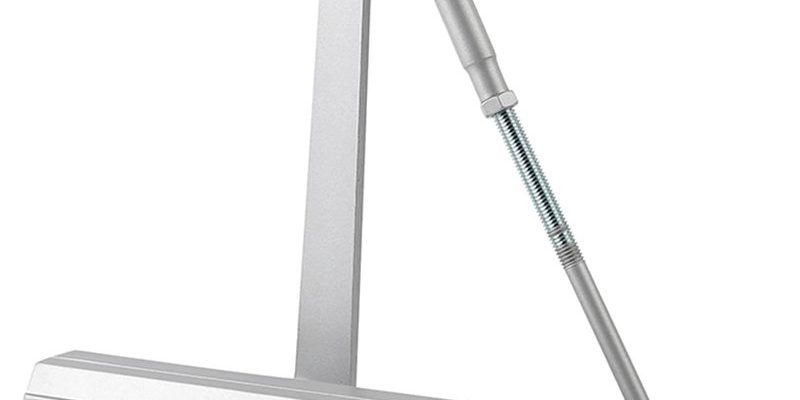
Choosing the best hardware for these doors can feel overwhelming, particularly with the vast array of options available. You might be wondering, “What exactly do I need for my space?” Well, let’s break it down in a way that makes sense. We’ll discuss various types of automatic closers, the essential hardware you’ll want to consider, and how to ensure everything works seamlessly together.
Understanding Automatic Closers
Automatic door closers are devices that ensure doors close on their own after being opened. They can be mechanical or hydraulic, with each type offering different benefits. Think of them as the silent guardians of your spaces, quietly ensuring that doors don’t remain ajar, which can lead to energy loss or security issues.
When it comes to light commercial applications, selecting the right automatic closer is crucial. They need to be robust enough to handle daily traffic yet subtle enough not to disrupt the flow of movement. Popular brands like Stanley and Dormakaba offer a range of options that are known for their reliability and quality.
You may also encounter electronic closers, which are often used in high-tech environments. These units can be programmed or synchronized with access control systems, allowing for more flexibility. However, they typically require more setup and maintenance than their mechanical counterparts.
Choosing the Right Hardware for Your Door
To get started, you need to consider a few key components beyond the automatic closer itself. The door frame and hinges must work together efficiently. Think of them as a team; if one part isn’t up to the task, the whole setup can falter.
1. Hinges: Heavy-duty hinges are essential for supporting the weight of the automatic closer. Choose self-closing hinges if you want an added layer of functionality. These are designed to automatically pull the door closed after opening, often relying on tension to do so.
2. Power Supply: If you opt for an electronic closer, be sure to check your power supply. You’ll need a reliable source, whether it’s battery-operated or wired. That’s where you’ll want to think about battery life and troubleshooting—nobody likes a door that won’t close because of a dead battery!
3. Mounting Brackets: Proper installation is key. Make sure the mounting brackets match the specifications of your chosen hardware. Misalignment can lead to a door that doesn’t act as it should, which can be frustrating in busy spaces where every second counts.
Key Brands to Consider
Now that you have a handle on what to look for, let’s explore some brands that consistently deliver quality hardware ideal for interior doors.
– Stanley: Known for durable construction and ease of installation, Stanley offers a range of automatic closers that cater to various commercial needs. Their products often come with detailed instructions and are designed for longevity.
– Dormakaba: This brand specializes in high-tech solutions. If you’re looking for something that syncs well with other electronic systems, Dormakaba’s line of automatic closers and access controls might be worth your consideration.
– B.e.c. (Baldwin Exterior Closers): With a focus on aesthetics as well as performance, B.e.c. offers stylish options without compromising functionality. This is especially important if your doors are visible to the public and you want them to make a good impression.
Choosing the right brand can make a significant difference in both performance and longevity. You want hardware that’s proven to work well in commercial settings, so don’t be afraid to ask for recommendations from others in your industry.
Installation Tips for Automatic Closers
Installing automatic door closers can seem daunting, but with the right approach, you can tackle it with confidence. Here’s a simple outline to help you get started:
1. Gather Tools and Materials: Before you begin, make sure you have all the necessary tools. Common tools for installation include a screwdriver, drill, level, and measuring tape.
2. Follow the Instructions: Each brand and model may have unique instructions. Take the time to read through them before you start. You’ll want to note any specific measurements or installation techniques required.
3. Measure Twice, Cut Once: This old saying rings especially true here. Before drilling any holes, double-check your measurements. An incorrect hole can lead to misalignments and a need to redo your work.
4. Test the Mechanism: Once installed, test the door close mechanism several times. Make adjustments as necessary, ensuring it closes smoothly without slamming.
This is where the troubleshooting aspect comes into play. If something isn’t working right, check your installation against the instructions again—sometimes, it’s just a simple alignment issue.
Maintenance of Automatic Closers
After installation, maintaining your automatic closers is key to ensuring they function correctly over time. Here are some easy steps to keep them in top shape:
– Regular Inspections: Periodically check your closers for any signs of wear and tear. Look for rust or damage to the hinges and braces. If you notice anything unusual, addressing it early can save you from larger problems later.
– Lubrication: Just like any moving part, your automatic closer benefits from occasional lubrication. Use a suitable lubricant to keep the moving parts functioning smoothly.
– Adjustments: Sometimes, the speed and force of the closure may need adjustments over time. Most closer models have settings to control these aspects, so consult your manual to fine-tune as needed.
– Battery Checks: If you’re using electronic closers, routinely check and replace batteries to avoid disruptions. It’s a small task that pays off significantly in convenience.
A little maintenance goes a long way in extending the life of your hardware. It’s a small effort that can lead to a more efficient workflow in your commercial space.
Cost Considerations for Automatic Door Hardware
When budgeting for hardware equipped with automatic closers, you’ll want to consider more than just the upfront costs. The total investment includes the price of the closer itself, installation, and potential maintenance over time. Here’s a breakdown of what to expect:
– Initial Costs: Automatic closers range in price based on their type and brand. Mechanical closers can start at around $50, while high-tech electronic options can easily run into the hundreds.
– Installation Costs: If you’re not a DIY enthusiast, hiring a professional for installation can add to your costs. Typically, this can range from $50 to $150, depending on the complexity of the installation and local labor rates.
– Long-Term Costs: Don’t forget about maintenance expenses. Mechanical closer maintenance is usually minimal, while electronic systems may require battery replacements and occasional professional servicing.
By understanding these costs ahead of time, you can create a budget that accounts for both the initial and ongoing expenses associated with your automatic door hardware.
Selecting the best hardware for interior doors with automatic closers in light commercial settings is all about finding the right balance between function, aesthetics, and budget. By understanding the options available and taking the time to choose quality components, you’ll create a welcoming environment that enhances the overall experience for both employees and customers.
Whether you opt for a mechanical closer or a sophisticated electronic system, remember to focus on durability and ease of use. Before you know it, automatic closers will become a seamless part of your space, ensuring doors close gently behind you, just like a reassuring hug.
